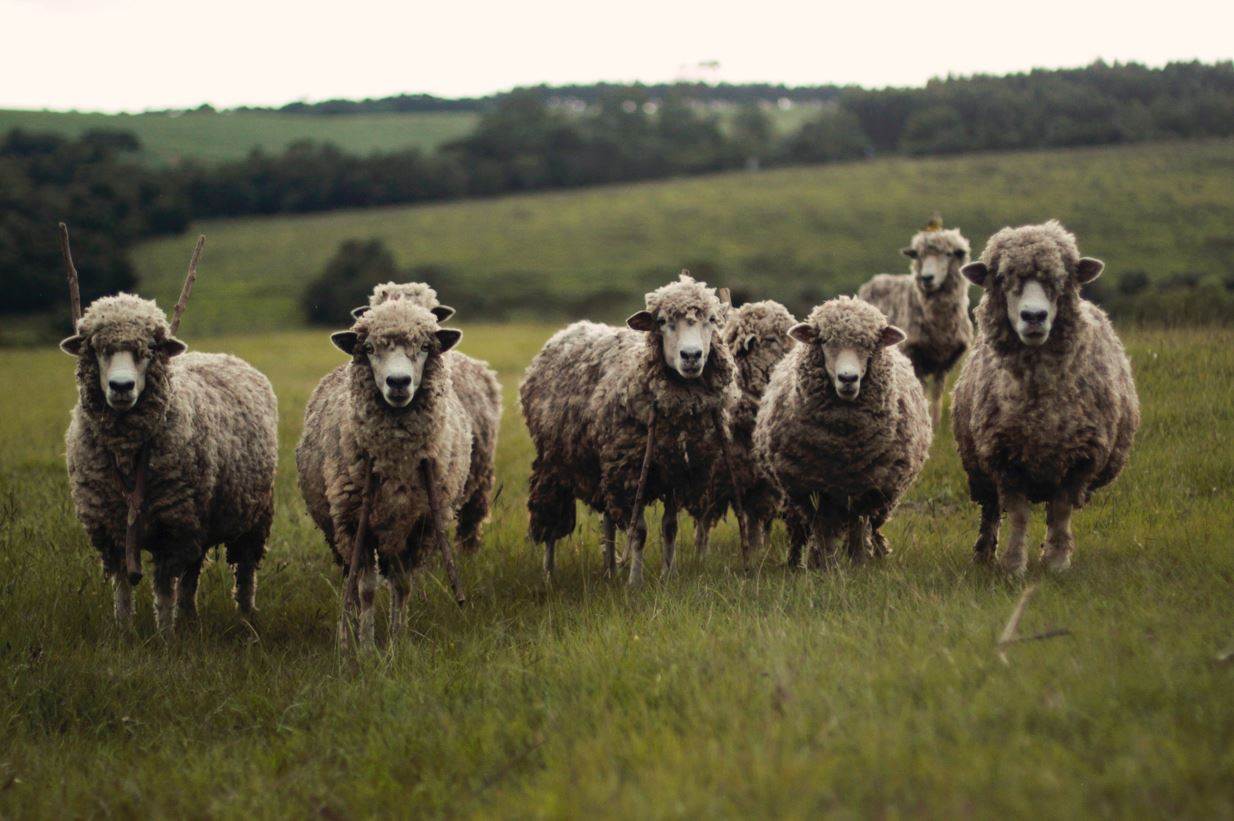Wool is from plants, and other myths

There has been a call for clearer labelling on clothing and accessories after a UK survey showed 10% of adults thought wool came from plants and 13% thought linen was synthetic.
The research was commissioned as part of industry body Leather UK’s recently published report, Leather and the consumer, which surveyed 2,000 adults in the UK.
Over 10% didn’t know where real leather comes from, and 21% and 47% didn’t know what is used to make PVC and polyurethane, respectively.
More than half (54%) admitted that they had no idea what ‘vegan leather’ is made of - a catch-all term for material that’s often marketed as a sustainable alternative to the real thing but can be 100% plastic.
Three-quarters agreed it should be easy to see what they are buying and that labelling should not be misleading when it comes to leather and imitation leather.
Kerry Senior, director at Leather UK, said: “Buying leather or imitation leather goods sustainably can be difficult and confusing, especially when shoppers are increasingly presented with everything from a range of plastic/plant combinations such as apple, cactus or pineapple ‘leather’, ‘mushroom leather’ to the meaningless catch-all terms ‘vegan leather’ and ‘plant-based leather’.
“Many also don’t realise that real leather is actually a by-product of the food industry and those hides would otherwise be thrown away, which means it might be a more sustainable option than they realise.
“The findings suggest that shoppers need better information on the products they are buying, especially if they want to know what it is that they are taking home with them. But equally UK legislation should follow in the steps of countries such as Italy, Portugal and Brazil where consumer protection laws mean that the word leather can only be used for real leather.”
Photo by Ariana Prestes on Unsplash








